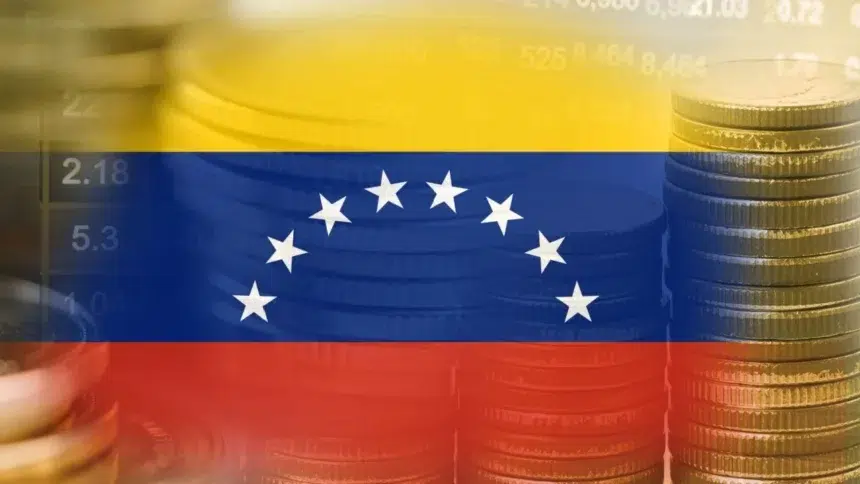Venezuela is turning to dollar-pegged stablecoins to shore up its foreign exchange market as US sanctions choke oil revenues and reduce the availability of hard currency.
The government has quietly allowed private businesses to buy and sell USDT, a stablecoin issued by Tether that mirrors the US dollar, in a bid to keep trade moving and maintain supplies of imported goods ranging from machinery to food.
Venezuelan Exchanges Turn To Dollar Stablecoins As U.S. Restrictions Squeeze Economy
Amid an acute shortage of US dollars, Venezuela is increasingly pushing for the use of cryptocurrencies in payment transactions. The government is gradually opening up to the stablecoin Tether (USDT) in an effort to stabilize the private foreign exchange market and keep the economy running.
US sanctions have almost completely blocked the inflow of dollars into Venezuela. In response, the government has paved the way for stablecoins such as Tether (USDT). More and more companies and citizens are using these digital currencies for payments and as a store of value. As a result, digital assets are becoming an important pillar of the Venezuelan economy, according to Reuters.
Dollars Scarce, Stablecoins In Demand
US sanctions have severely restricted Venezuela’s access to foreign currency – oil sales and international card payments bring hardly any dollars into the country. Even a limited export license for Chevron does not allow payments to the government, further worsening the situation.
In return, since June the government has allowed authorized companies to purchase USDT with bolívares through banks. These digital dollars can then be used for domestic and international payments. Estimates suggest that around USD 119 million in stablecoins were already transacted in July – a clear sign of the growing importance of digital assets as a medium of exchange.
Role Of PDVSA And Private Initiatives
The state-owned oil company PDVSA has also expanded its activities into USDT and relies on digital currencies for transactions, as CVJ.CH already reported in April 2024. In an environment where the traditional foreign exchange market is drying up, companies are increasingly acting as stabilizers themselves, providing urgently needed liquidity through exports and crypto transactions.
Venezuela had already been in a state of severe hyperinflation – according to Chainalysis, crypto usage in the country rose by 110% in 2024, pushing Venezuela to 13th place in the global crypto adoption index.
As the Bolívar lost value dramatically, stablecoins like USDT became an alternative means of payment for salaries, trade, and remittances. Even small vendors in Caracas now accept stablecoins to protect themselves against daily currency losses.
From Failed Petro To Entrenched Tether
The embrace of stablecoins marks a new chapter in Venezuela’s fraught relationship with digital assets. The government launched its own token, the petro, in 2018 to much fanfare, billing it as an oil-backed cryptocurrency that could anchor the economy. It was quietly abandoned after failing to attract users or investors.
This time, the state is not pushing its own product but leaning on a dollar proxy that already circulates widely. According to the Financial Times, crypto use across Venezuela surged 110% in the 12 months since mid-2024.
Yet Tether itself has faced scrutiny over its role in sanctioned jurisdictions. The company has said it complies with the U.S. Treasury’s list of banned entities and did not comment directly on Venezuelan usage this year.
For now, stablecoins offer Caracas a breathing space. By allowing limited, regulated use of USDT, the government can ease pressure on businesses while conserving scarce physical dollars for its own priorities.










